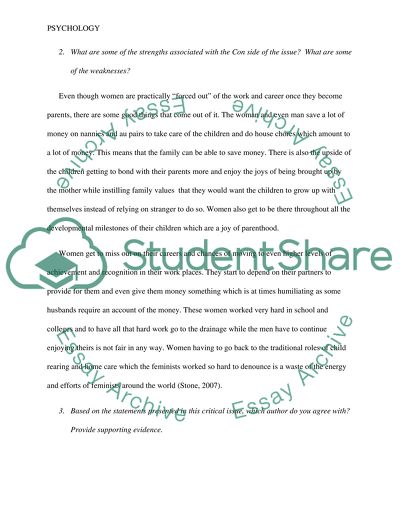Cite this document
(“Issue 17 - 375 Assignment Example | Topics and Well Written Essays - 1250 words”, n.d.)
Retrieved from https://studentshare.org/psychology/1645727-issue-17-375
Retrieved from https://studentshare.org/psychology/1645727-issue-17-375
(Issue 17 - 375 Assignment Example | Topics and Well Written Essays - 1250 Words)
https://studentshare.org/psychology/1645727-issue-17-375.
https://studentshare.org/psychology/1645727-issue-17-375.
“Issue 17 - 375 Assignment Example | Topics and Well Written Essays - 1250 Words”, n.d. https://studentshare.org/psychology/1645727-issue-17-375.


